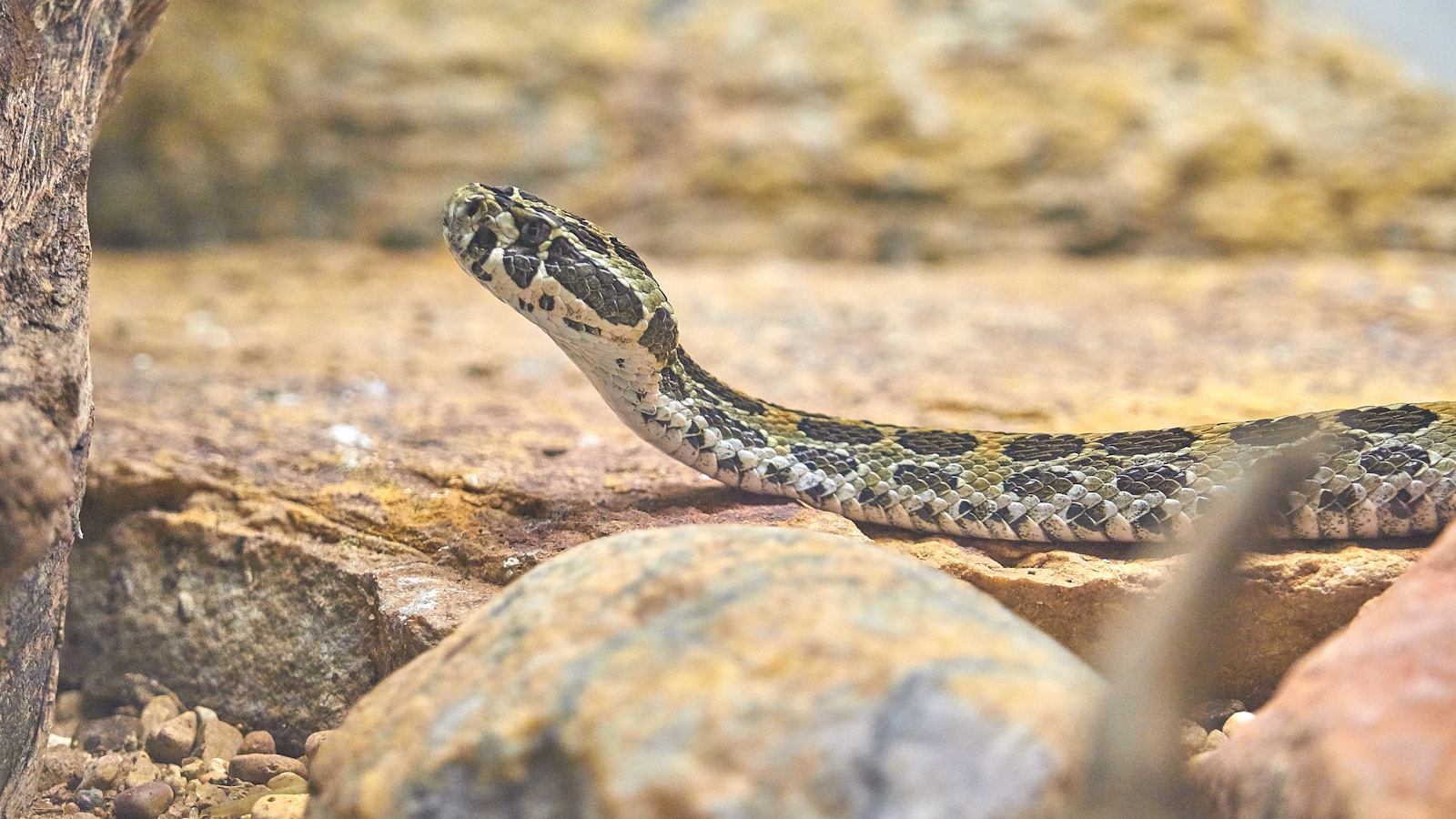In the fascinating world of reptilian deception, non-venomous snakes have evolved remarkable strategies to protect themselves despite lacking the lethal venom of their more dangerous counterparts. These harmless serpents have developed a sophisticated form of mimicry, adopting the distinctive warning postures, coloration patterns, and behaviors of venomous species. This phenomenon, known as Batesian mimicry, represents one of nature’s most elegant defensive adaptations. By convincingly imitating venomous snakes, these harmless species gain significant survival advantages without needing to invest biological resources in producing actual venom. This article explores the evolutionary brilliance behind this deceptive strategy, examining why and how non-venomous snakes have become masters of illusion in the animal kingdom.
The Evolutionary Advantage of Mimicry
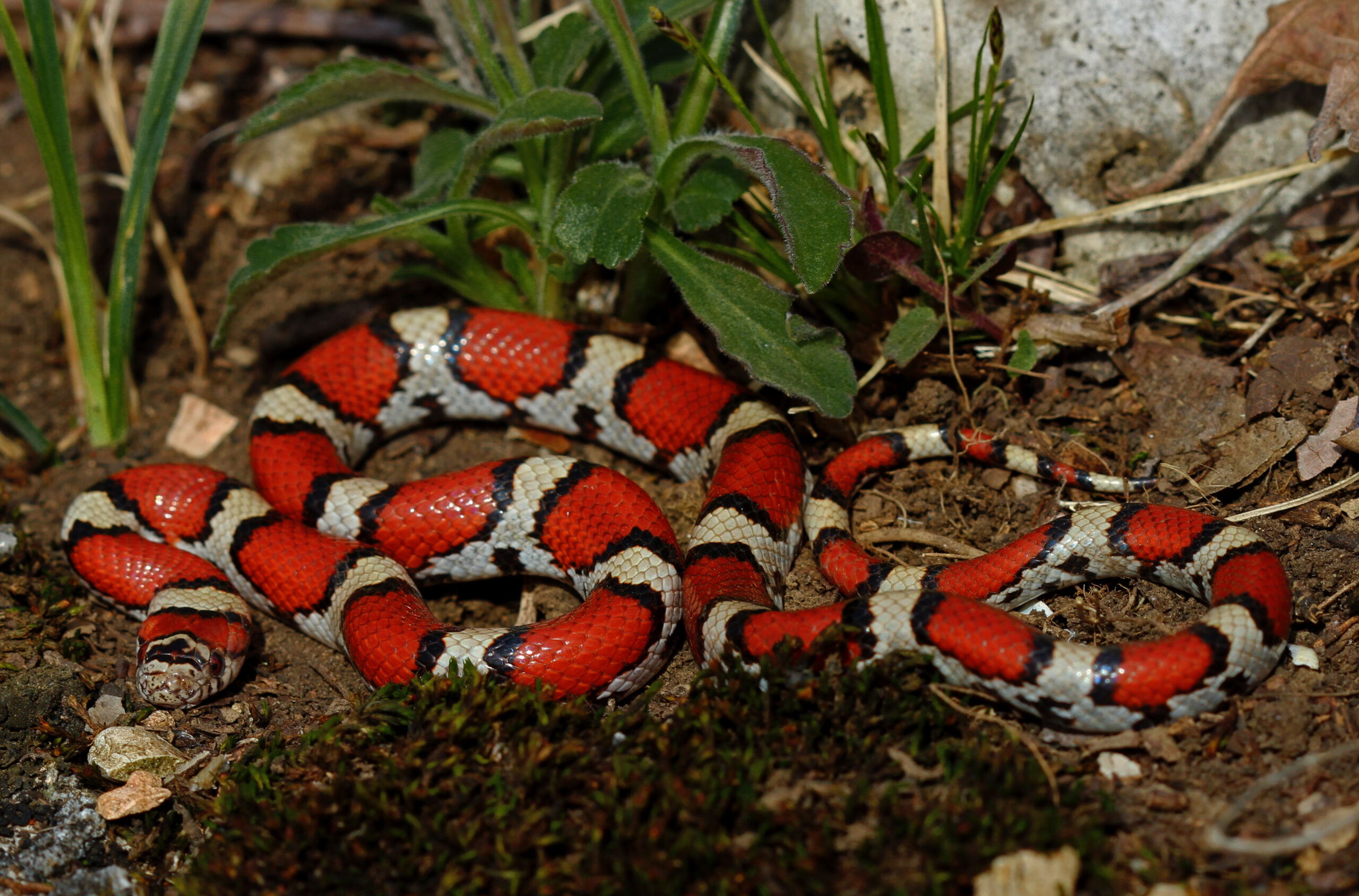
Mimicry in non-venomous snakes represents a prime example of Batesian mimicry, where a harmless species evolves to resemble a dangerous one, thereby gaining protection without the biological cost of producing venom. This adaptation provides an impressive survival advantage, as potential predators who have previously encountered venomous species and learned to avoid them will similarly avoid the mimics. The evolutionary process works through natural selection – snakes that even slightly resembled venomous species were less likely to be attacked and more likely to survive and reproduce. Over thousands of generations, this resemblance became more and more refined until, in many cases, even human experts can have difficulty distinguishing between the mimic and the model. This form of deception is particularly beneficial for species that share habitats with venomous snakes, creating a protective umbrella under which these harmless mimics can thrive.
The Science of Batesian Mimicry
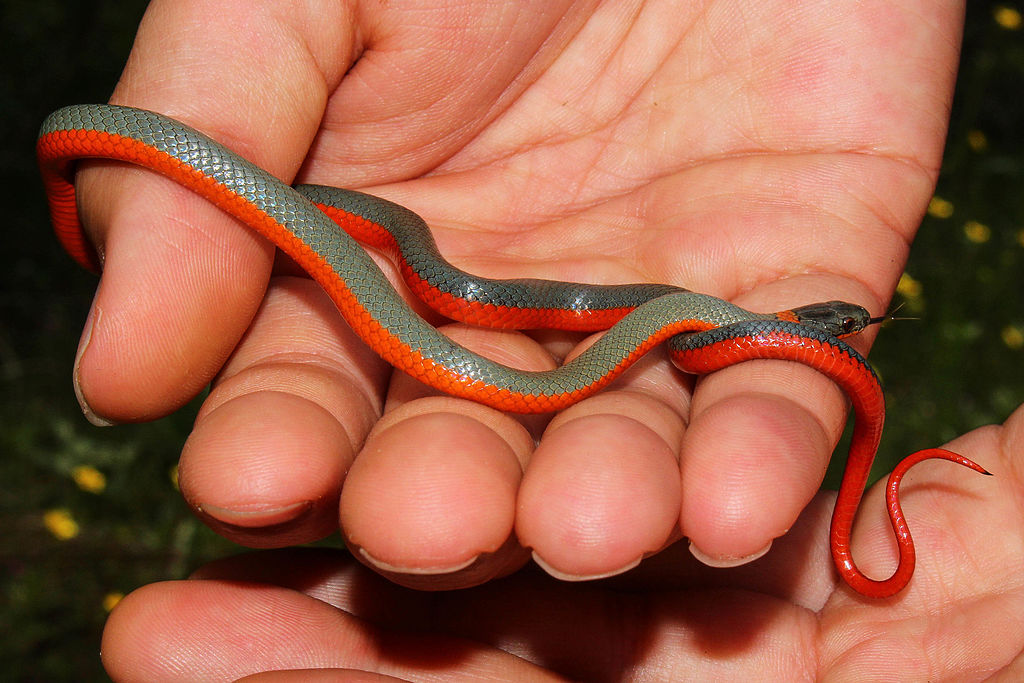
Batesian mimicry, named after naturalist Henry Walter Bates who first described it in the 19th century, operates on a simple principle: predators learn to avoid dangerous prey and then generalize that avoidance to similar-looking species. For this mimicry to be effective, several conditions must be met. First, the dangerous model (venomous snake) must be present in the same geographical area as the mimic. Second, the model must be truly harmful or unpalatable to predators, creating a strong incentive for avoidance learning. Third, the dangerous model must be less common than the mimic; if mimics become too abundant, predators may not encounter enough genuine venomous snakes to maintain their fear response. Finally, the mimicry must be convincing enough to fool predators, which explains why some non-venomous snakes have evolved extremely detailed resemblances to their venomous counterparts, from color patterns down to specific behaviors and postures.
The Milk Snake and Coral Snake Mimicry
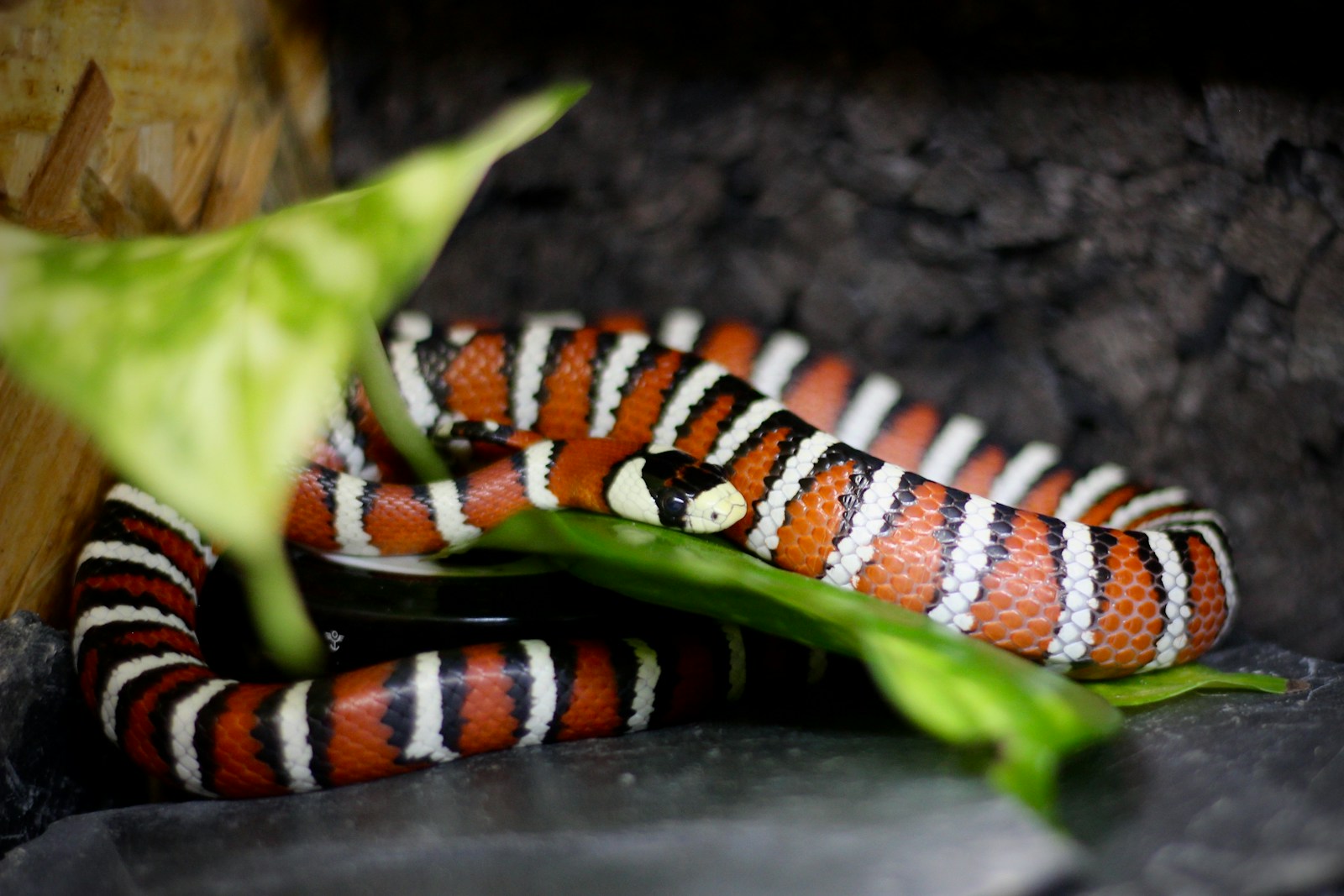
Perhaps the most famous example of snake mimicry involves the harmless milk snake (Lampropeltis triangulum) and the deadly coral snake (Micrurus species). Milk snakes have evolved the distinctive red, black, and yellow/white banding pattern that characterizes venomous coral snakes. This resemblance is so well-known that it inspired the rhyme “Red touch yellow, kill a fellow; red touch black, friend of Jack” to help people distinguish between the deadly coral snake and its harmless mimic. The effectiveness of this mimicry lies in its visual impact – the bright, contrasting colors serve as a universal warning sign in nature. Interestingly, the pattern matching isn’t always perfect; in some regions, milk snakes have developed variations that only roughly approximate coral snake coloration, yet still provide protective benefits because predators tend to avoid anything that even vaguely resembles the dangerous model.
Hognose Snakes: Masters of Defensive Posturing

Eastern hognose snakes (Heterodon platirhinos) exemplify behavioral mimicry at its finest, with a dramatic defensive display that mimics venomous cobras. When threatened, these harmless snakes flatten their necks and raise their heads in a striking cobra-like pose, hissing loudly and making bluff strikes. This performance is so convincing that hognose snakes are sometimes mistakenly called “spreading adders” despite being completely harmless to humans. If this first line of defense fails to deter a predator, hognose snakes take their performance to an extraordinary level – they roll onto their backs, writhe dramatically, and then play dead with mouth agape and tongue hanging out. They even emit a foul-smelling musk and may leak blood from their mouth to complete the illusion of death. This elaborate behavioral sequence demonstrates how non-venomous species can evolve complex defense mechanisms that don’t rely on venom but instead capitalize on predators’ innate avoidance of dangerous or dead prey.
Gopher Snakes and Rattlesnake Mimicry
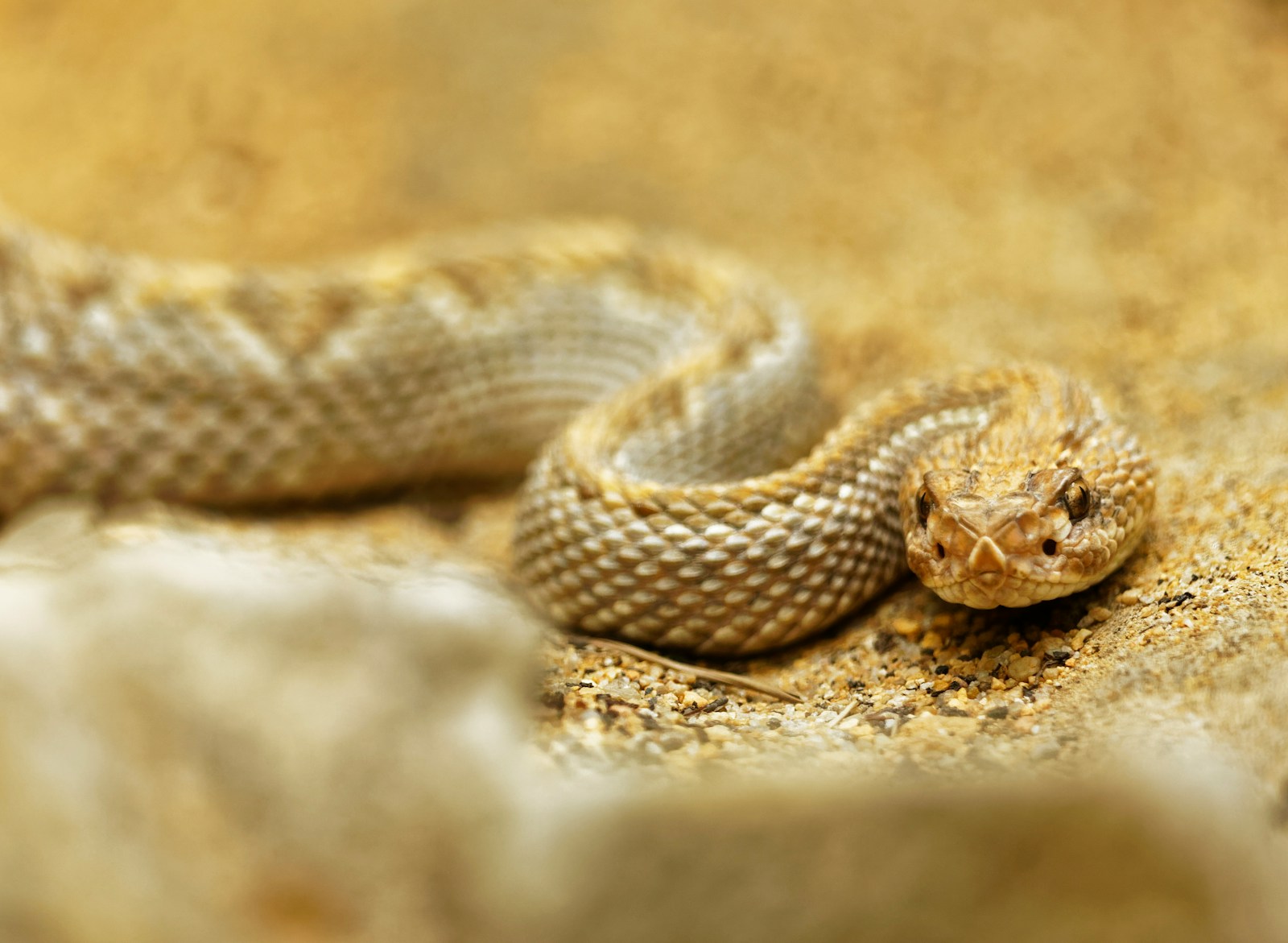
Gopher snakes (Pituophis catenifer) have developed a remarkable ability to mimic the appearance and behavior of rattlesnakes when threatened. Despite lacking a rattle, these non-venomous snakes will flatten their heads to appear more triangular like a viper, coil their bodies defensively, and rapidly vibrate their tails against dry leaves or debris to create a convincing rattling sound. The mimicry extends to visual elements as well – gopher snakes have blotched patterns somewhat similar to rattlesnakes, and when agitated, they can puff up their bodies and hiss loudly. This multi-sensory imitation is particularly effective in areas where gopher snakes and rattlesnakes share habitat. Researchers have observed that gopher snakes in regions with high rattlesnake populations tend to display more convincing mimicry behaviors than those in areas where rattlesnakes are scarce, suggesting that predation pressure directly influences the development and maintenance of these mimetic traits.
False Water Cobras: The Name Says It All
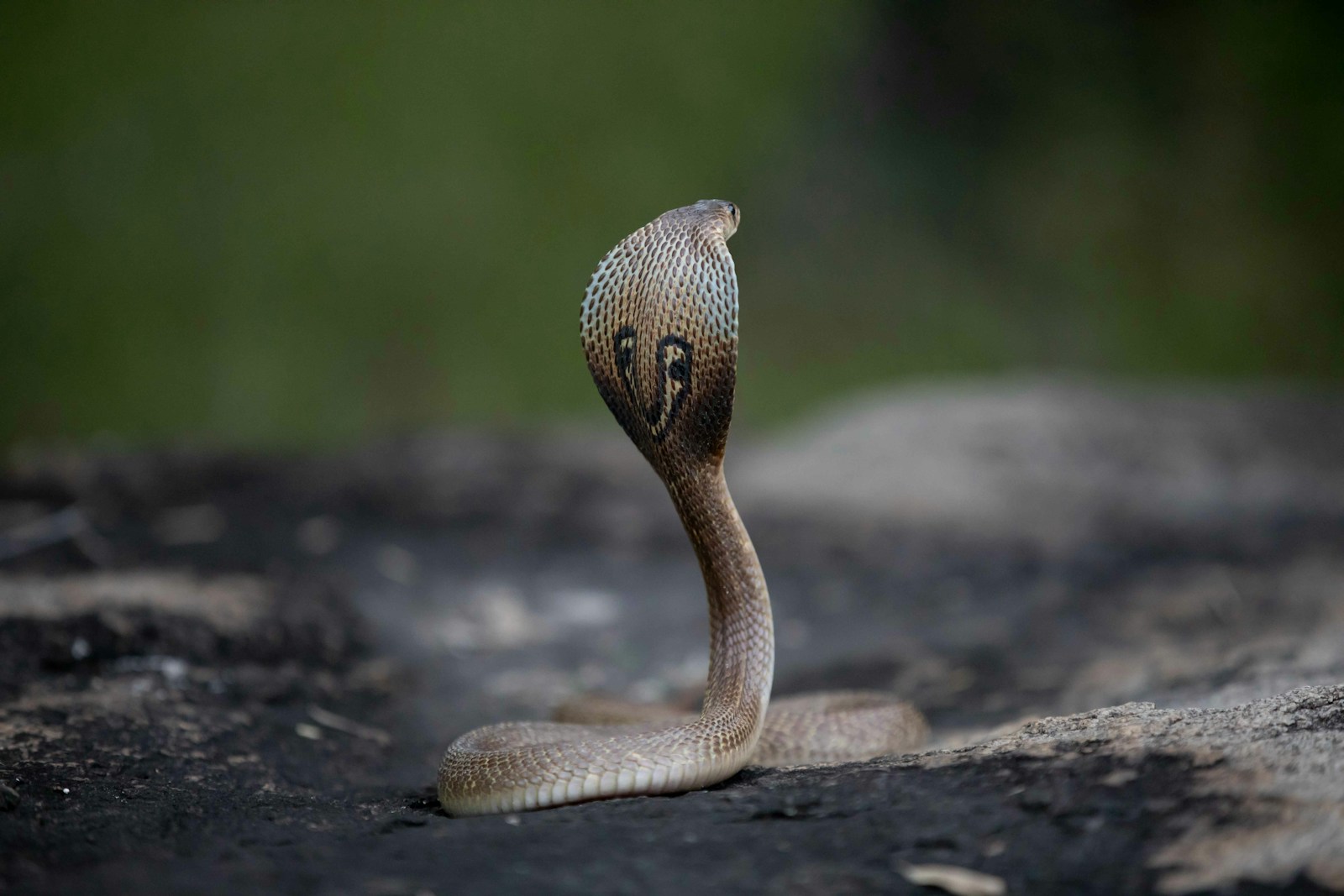
The false water cobra (Hydrodynastes gigas) from South America has evolved a defensive posture that perfectly illustrates its name. When threatened, this non-venomous snake flattens its neck region to create a hood reminiscent of true cobras, despite being only distantly related to them. While false water cobras do possess rear fangs and a mild venom used primarily to subdue prey (making them technically mildly venomous), their venom poses little threat to humans compared to true cobras. Their mimicry serves as an effective bluff that deters potential predators through visual intimidation alone. False water cobras have refined this deceptive behavior to include raising the front portion of their bodies in a striking pose and making aggressive forward lunges with closed mouths – all part of an elaborate bluffing display that allows them to avoid actual physical confrontation with threats.
The Role of Head Shape in Snake Mimicry
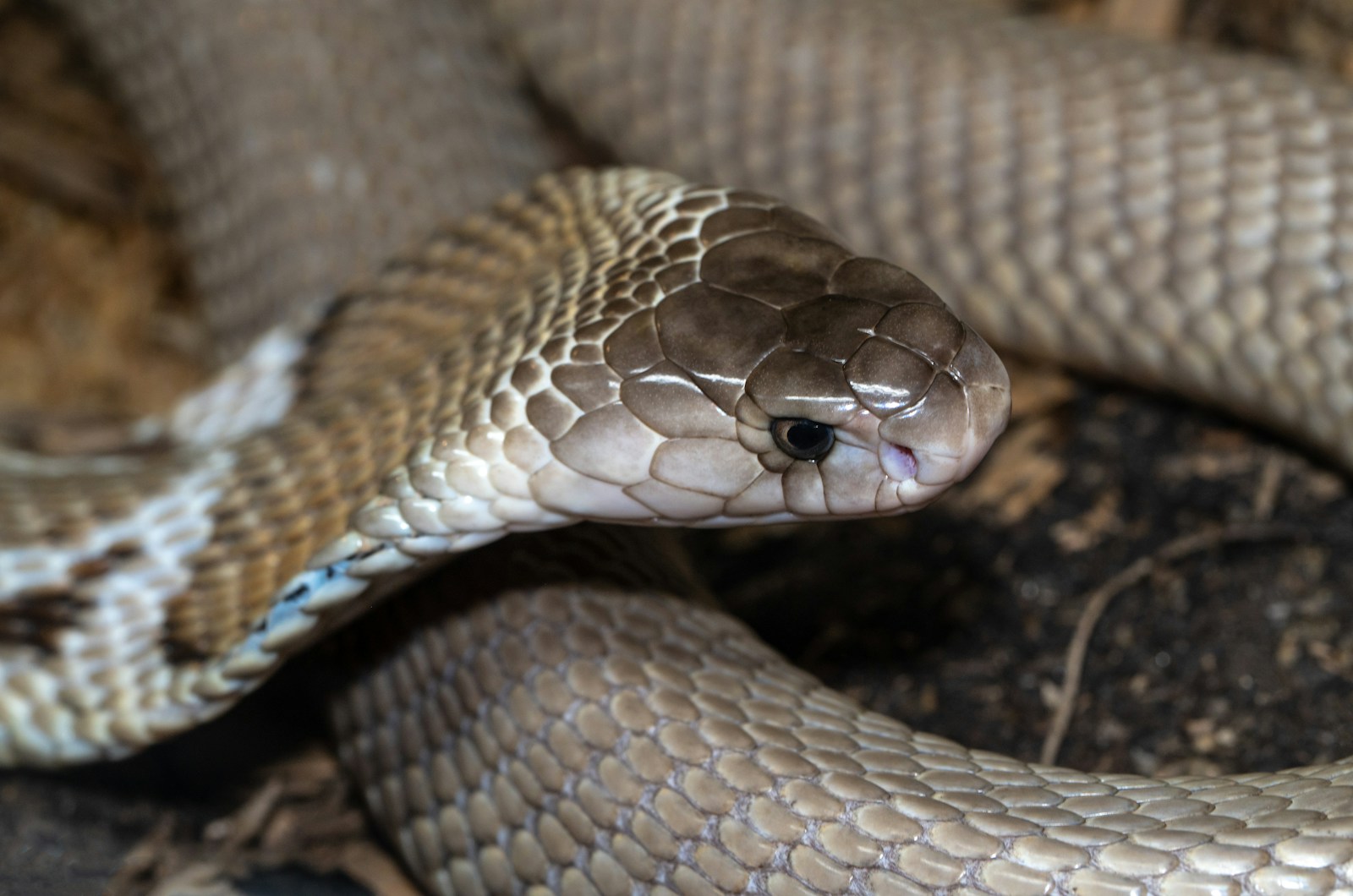
One of the most common forms of venomous snake mimicry involves manipulating head shape to create the illusion of danger. Many venomous vipers naturally possess triangular or arrow-shaped heads that house their venom glands, creating a distinctive silhouette that potential predators learn to fear. Non-venomous mimics capitalize on this recognition pattern by flattening their heads when threatened, creating a triangular shape that resembles that of venomous species. This simple yet effective modification can be observed in numerous harmless species, including rat snakes, king snakes, and water snakes. Some species have even developed permanent physical adaptations to enhance this illusion – certain non-venomous snakes have evolved slightly broader posterior head scales or subtle ridges above the eyes that accentuate a viper-like appearance even when not actively defending themselves. This head-shape mimicry represents a fascinating example of convergent evolution, where unrelated species independently develop similar traits in response to shared selective pressures.
Sound Production as Mimicry
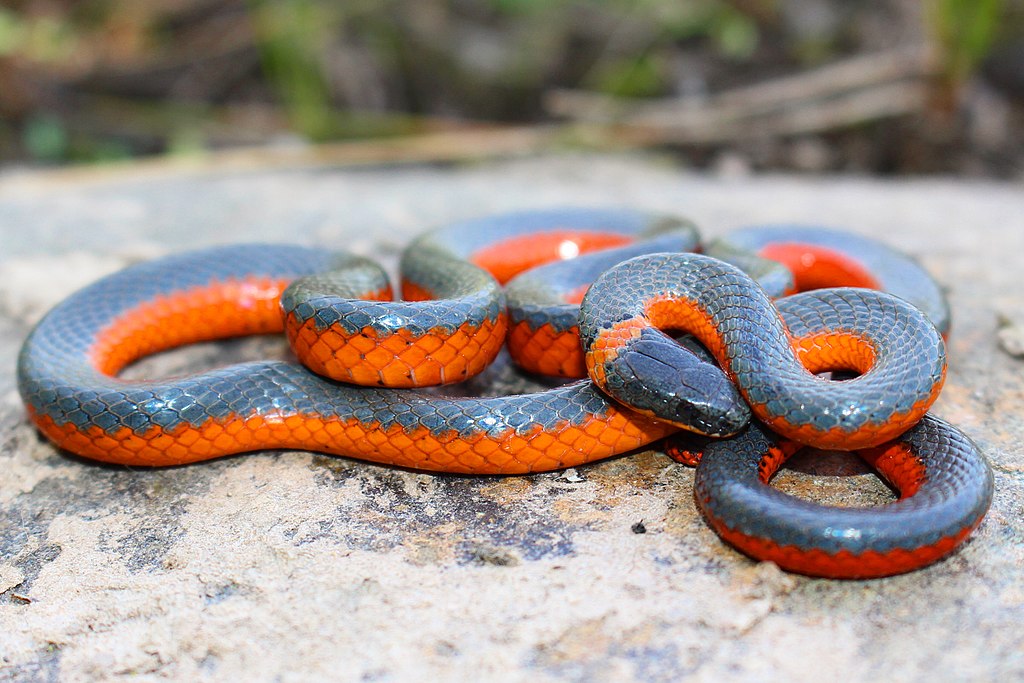
The acoustic component of mimicry represents another sophisticated dimension of non-venomous snake deception. Beyond the familiar example of gopher snakes mimicking rattlesnake sounds, various other species have developed sound-based defensive tactics that capitalize on predators’ fear responses. Many non-venomous snakes produce loud, intimidating hisses by forcefully expelling air through specialized scale structures or modified glottal openings. Some species, like certain rat snakes, have evolved the ability to vibrate specific scales against each other to create buzzing sounds similar to those made by rattlesnakes. The pine snake (Pituophis melanoleucus) possesses a unique adaptation – an epiglottal keel that vibrates when air passes over it, producing an unusually loud and intimidating hiss that can be heard from considerable distances. These acoustic mimicry strategies are particularly effective because they allow snakes to broadcast danger signals beyond visual range, creating a defensive perimeter that may deter predators before visual confirmation is even possible.
Geographic Variations in Mimicry Patterns
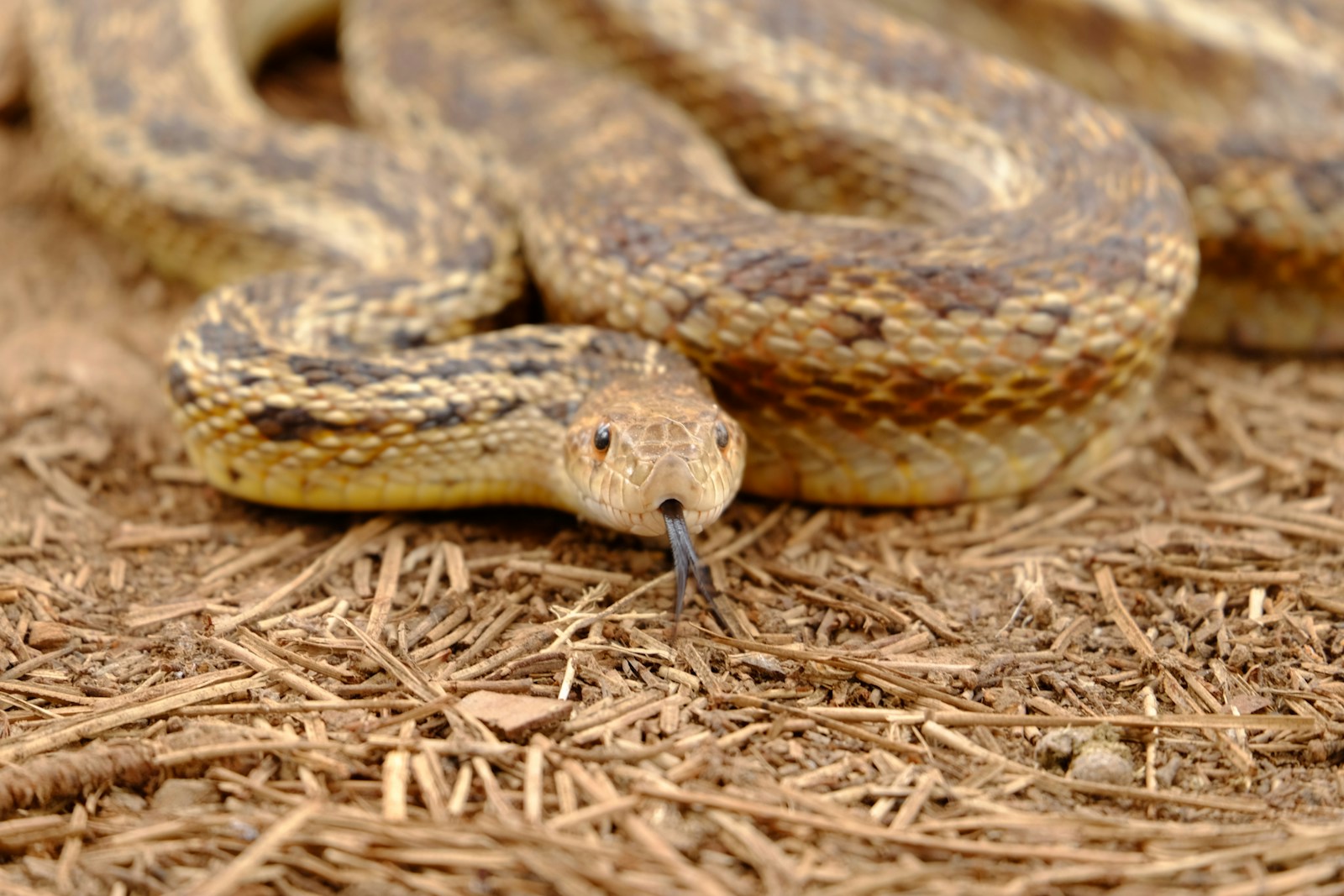
The effectiveness and expression of mimicry in non-venomous snakes often show fascinating geographic variations that correspond to the distribution of their venomous models. This pattern, known as geographic mimicry mosaics, provides compelling evidence for the evolutionary basis of these adaptations. In regions where particular venomous species are common, non-venomous mimics tend to more closely resemble those specific dangerous models in both appearance and behavior. For example, scarlet kingsnakes (Lampropeltis elapsoides) in the southeastern United States exhibit different banding patterns depending on whether they share territory with eastern coral snakes or Texas coral snakes. Similarly, research has documented that the intensity of rattlesnake mimicry behaviors in gopher snakes directly correlates with local rattlesnake abundance. These regional variations create a complex patchwork of mimicry across species’ ranges, with mimicry being most precise in areas where predation pressure from animals that avoid venomous snakes is highest and where the venomous models themselves are present in sufficient numbers to reinforce avoidance learning in predators.
When Mimicry Becomes a Liability
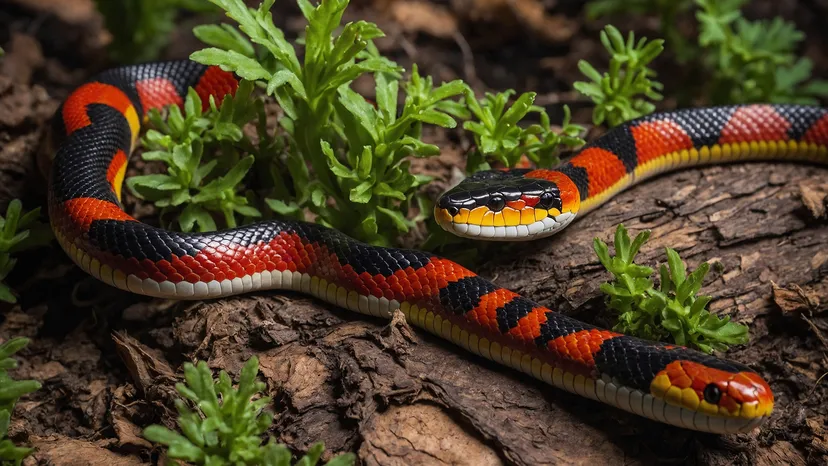
While mimicking venomous species generally provides protective benefits, this adaptation can occasionally become disadvantageous for non-venomous snakes. In regions where humans actively kill snakes perceived as dangerous, convincing mimics often suffer the consequences of their own deception. For example, many harmless milk snakes and kingsnakes are killed by humans who mistake them for coral snakes due to their similar coloration patterns. Similarly, eastern hognose snakes are frequently destroyed by people who believe their cobra-like defensive displays indicate a dangerous species. This human-driven selection pressure creates an evolutionary conundrum for mimics – being too convincing can be fatal in human-dominated landscapes. Some researchers hypothesize that in areas with high human activity, selection might eventually favor reduced mimicry in non-venomous species, potentially leading to the evolution of forms that balance predator deterrence with human recognition. This complex interplay between natural and artificial selection illustrates how human activities can dramatically alter evolutionary trajectories that have been shaped over millions of years.
The Cognitive Aspects of Predator Response
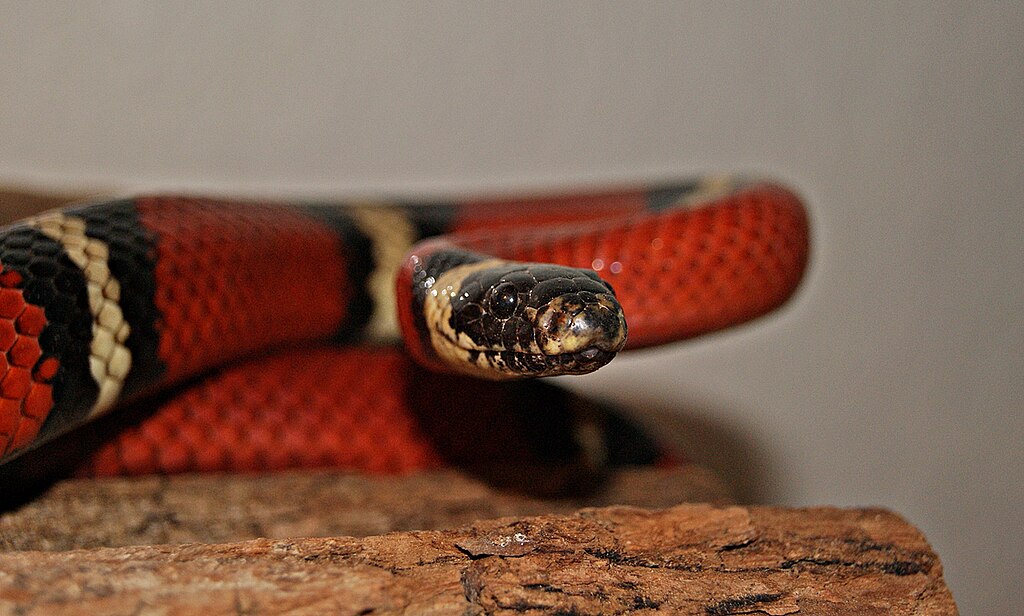
The effectiveness of snake mimicry ultimately depends on the cognitive abilities of potential predators and their capacity to learn and remember dangerous encounters. Predators with more sophisticated cognition, such as mammals and birds, can develop nuanced recognition patterns that distinguish subtle differences between genuine venomous snakes and their mimics. However, many predators operate on the principle of “better safe than sorry,” avoiding anything that even vaguely resembles a dangerous model. This risk-averse behavior creates a cognitive umbrella under which imperfect mimics can still gain protective benefits. Research has shown that predator naivety also plays a crucial role – young, inexperienced predators are more likely to avoid mimics than older individuals who have learned to distinguish between models and mimics through repeated encounters. This dynamic creates complex ecological relationships where the effectiveness of mimicry fluctuates based on predator population demographics, learning opportunities, and the cognitive sophistication of different predator species in the ecosystem.
Evolutionary Arms Races in Snake Mimicry
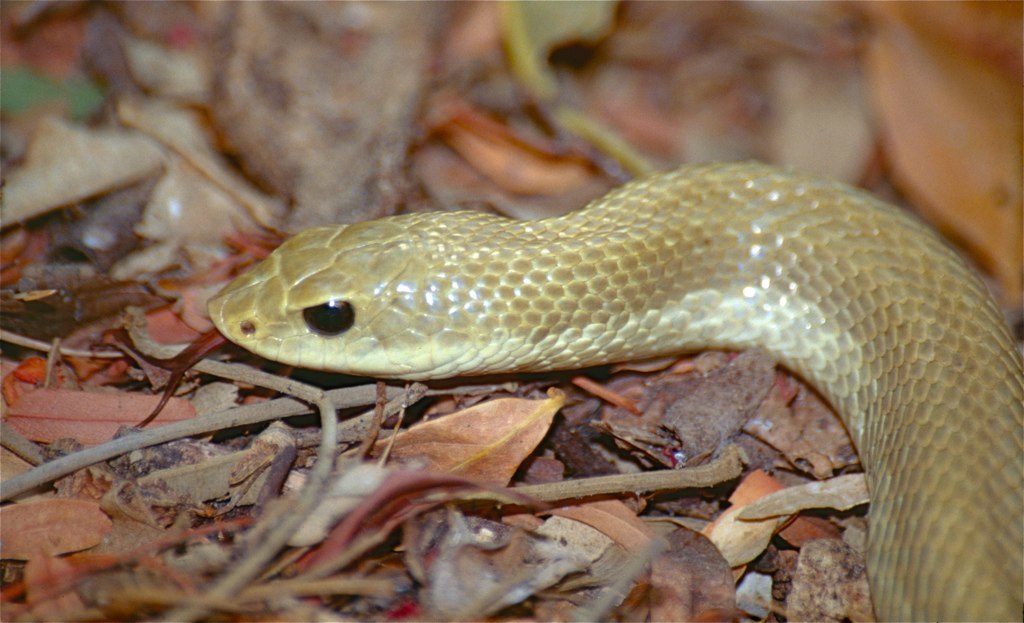
Snake mimicry systems often participate in complex evolutionary arms races that drive continuing adaptation on multiple fronts. As mimics become more prevalent in an ecosystem, predators face increased selection pressure to distinguish between harmful models and harmless mimics. This can lead to enhanced discrimination abilities in predators, which in turn selects for more precise mimicry in non-venomous species. Simultaneously, venomous models may evolve more extreme warning signals to maintain their distinctiveness from mimics and ensure predators continue to associate their appearance with danger. This three-way evolutionary dance creates dynamic systems that constantly shift and recalibrate. In some cases, mimics may even drive venomous models to local extinction through a process called mimetic breakdown – if mimics become too common relative to models, predators may begin attacking both indiscriminately, potentially eliminating the protective advantage for the venomous species. These complex evolutionary dynamics illustrate how mimicry systems represent not just simple cases of one species copying another, but intricate ecological relationships with cascading effects throughout the food web.
Conservation Implications of Mimicry

The phenomenon of snake mimicry carries significant implications for conservation efforts targeting both non-venomous and venomous species. Since mimicry systems depend on the presence of both models and mimics in sufficient numbers, the removal or decline of venomous species from an ecosystem can have unexpected consequences for their harmless imitators. Without the reinforcing presence of genuinely dangerous models, predators may gradually learn that the warning signals displayed by mimics are not associated with negative consequences, potentially eliminating the protective benefit of mimicry. Conversely, indiscriminate killing of snakes by humans who cannot distinguish between venomous species and their mimics can disproportionately impact harmless populations, disrupting ecosystem functions like rodent control. Conservation strategies must therefore consider these complex ecological relationships, educating communities about snake identification and promoting coexistence rather than eradication. Preserving intact mimicry systems requires protecting both the models and their mimics, maintaining the evolutionary relationships that have developed over millions of years.
Conclusion
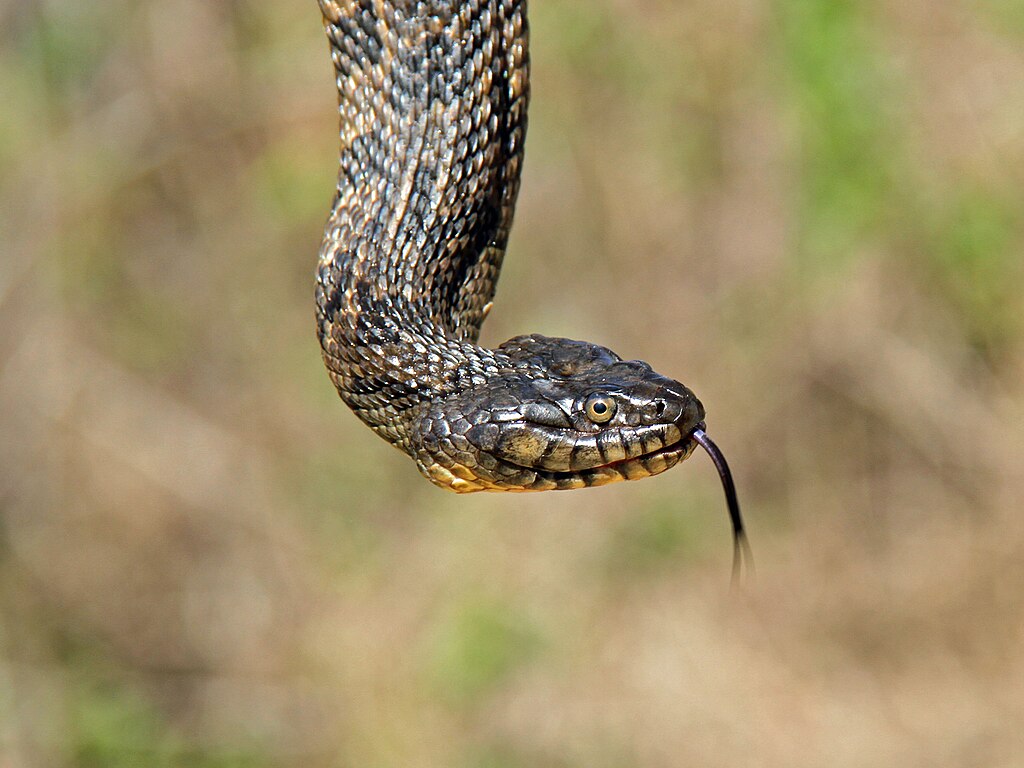
The remarkable ability of non-venomous snakes to mimic their venomous counterparts represents one of nature’s most sophisticated defensive adaptations. Through a combination of visual deception, behavioral mimicry, and sometimes acoustic imitation, these harmless species have evolved to exploit predators’ innate avoidance of dangerous prey. This evolutionary strategy provides significant survival advantages without requiring the biological investment of producing actual venom. From the dramatic cobra-like displays of hognose snakes to the precise color matching of milk snakes, these mimicry systems demonstrate the extraordinary power of natural selection to shape adaptive traits. However, these same deceptive abilities that protect snakes from natural predators can become liabilities in human-dominated landscapes, where mimics may be killed out of fear and misidentification. Understanding the complex ecological and evolutionary dynamics of snake mimicry not only provides fascinating insights into natural selection but also highlights important considerations for conservation efforts aimed at preserving these remarkable adaptations for future generations.

